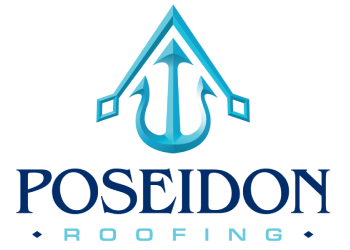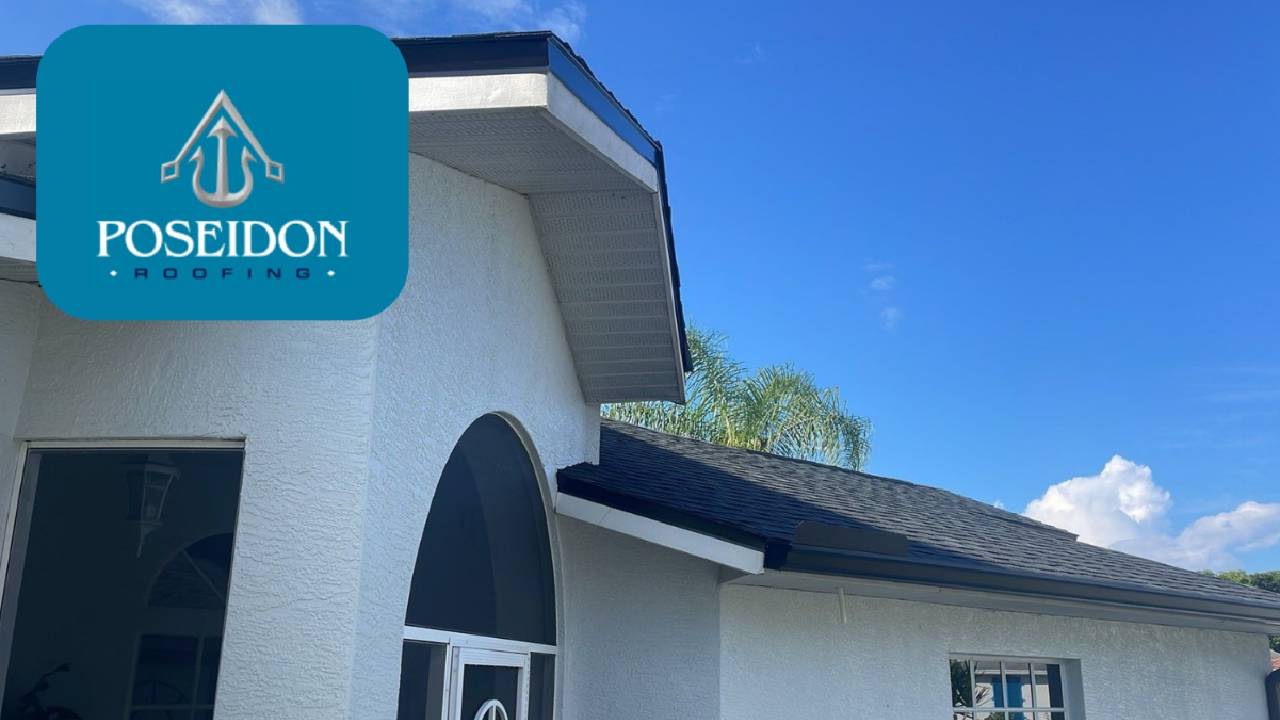When it comes to the longevity and functionality of a building, the importance of roof support and protection cannot be overstated. A well-constructed and properly maintained roof serves as a shield against the elements and plays a crucial role in preserving the structural integrity of your property. In this blog post, we will delve into why roof support and protection are paramount for the durability and functionality of a building.
- Structural Integrity:
The roof is an integral part of a building’s structure, providing support to the walls and overall stability. A well-supported roof ensures that your home or commercial property remains structurally sound. If the roof lacks proper support, it can lead to sagging, cracks in the walls, and even structural failure over time. - Weather Resistance:
Roofs are exposed to a variety of weather conditions, from scorching heat to heavy rain and snow. Proper roofing materials and protective measures ensure that your roof can withstand these elements. Without adequate protection, your roof may become susceptible to leaks, water damage, and mold growth, compromising the building’s functionality and aesthetics. - Energy Efficiency:
An adequately supported and insulated roof can significantly impact energy efficiency. A well-insulated roof keeps the interior temperature stable, reducing the need for excessive heating or cooling. This translates to lower energy bills and a more comfortable living or working environment. - Preventing Water Intrusion:
A robust roofing system with proper support and protection is essential for preventing water intrusion. Water leaks can lead to structural damage, damage to possessions, and health hazards like mold growth. Regular maintenance and prompt repair of roofing issues are crucial for keeping your building dry and safe. - Longevity of Roofing Materials:
Roofing materials can have a long lifespan, but only if they are adequately protected and supported. UV rays, moisture, and temperature fluctuations can cause roofing materials to deteriorate over time. Roof support structures and protective coatings help extend the life of these materials, saving you money on premature replacements. - Aesthetic Appeal:
The appearance of your roof affects the overall aesthetics of your property. A well-maintained and aesthetically pleasing roof enhances curb appeal and can even increase property value. Proper support and protection measures help maintain the visual appeal of your building.
Conclusion:
In conclusion, roof support and protection are essential components of building durability and functionality. They play a vital role in preserving the structural integrity, weather resistance, energy efficiency, and aesthetic appeal of your property. Feel free to contact us for any of your roofing needs!

